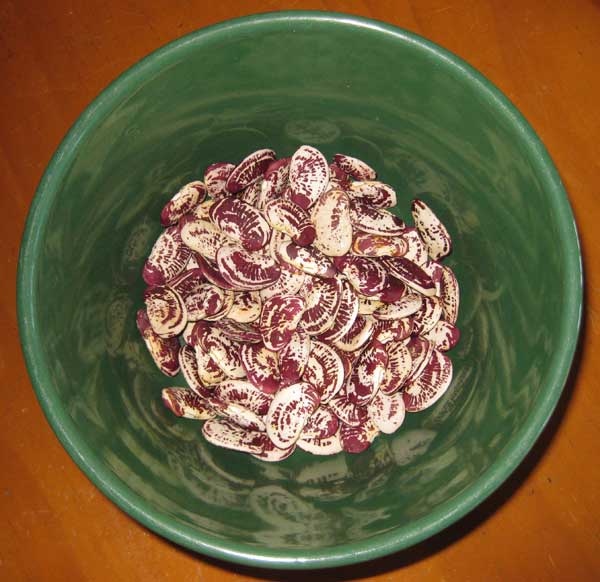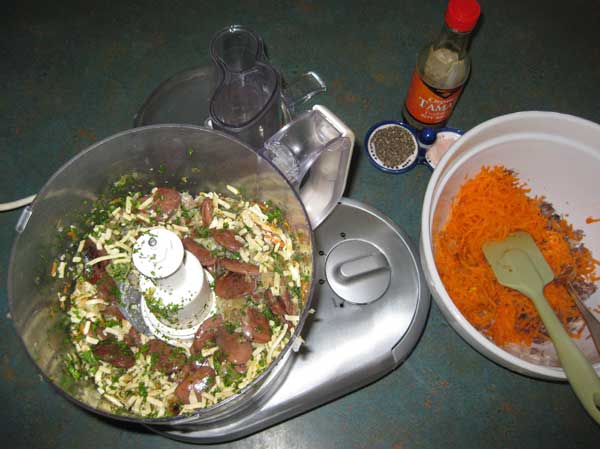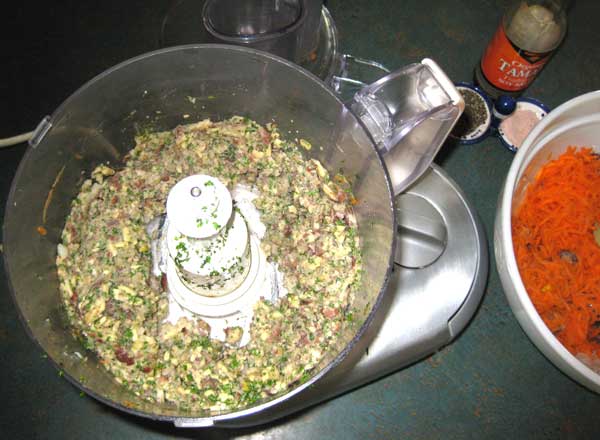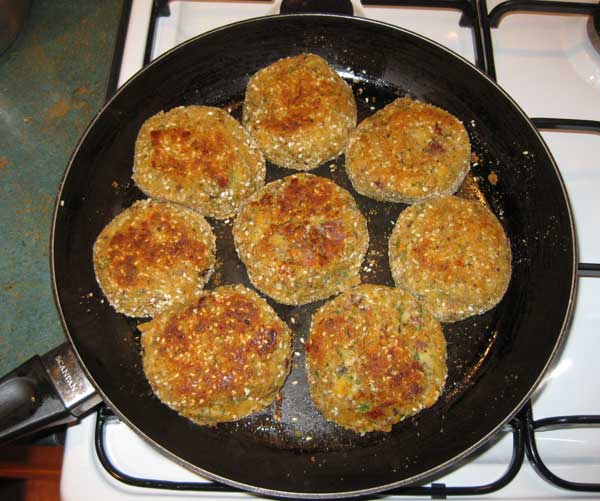Home grown vege protein
I have never wanted to be completely self-sufficient, partly because it would be a full-time job and in its way, quite isolating from other people. The permaculture concept of recognising and living within your bio-region has always seemed both practical and ethical, the ‘Think Global, Act Local’ idea. Supporting my local beekeeper, sourdough bread baker, cheesemaker or local dairy has everything going for it – low food miles, great taste and it keeps the local economy vibrant.
I do find it very satisfying though when my pantry is full of preserved garden produce. Something about all those colourful, shiny jars gives me a warm glow. (The exception is the unidentified chutney that I never got around to labelling and still feel completely baffled about when I taste it. Not one of my better attempts.)
Transforming yummy garden produce into gourmet preserves such as tomato chutney, jaboticaba jam, rosella cordial or pickled cucumbers is easy but the easiest food storage of all would have to be a nice big jar or two of dried beans. Beans are remarkably good for us as they are high in protein and fibre and low in fat. All cultural cuisines have recipes for using them, from warming minestrone soup, spicy Mexican fajitas, to homemade baked beans, so there is no excuse for same old, same old.
As gardeners there is a dried bean for every climate zone. My personal favourite here in the subtropics is Madagascar bean, a pretty red and white speckled lima bean. It likes warm temperate areas and will grow successfully as far south as Melbourne but there are plenty of other choices of dried beans for cooler areas. One of the best would be perennial Scarlet Runner bean which is versatile, great as green beans and good dried as well.
Madagascar bean is perennial. In this case, it means that it will live for several years, but not forever. It produces only a light crop the first year but really kicks into production in the second year. Being a vigorous, climbing bean it needs a sturdy trellis think similar to ‘choko’ and you get the idea.
The big difference with Madagascar bean is that you probably won’t bother eating the pods. They are edible when very small but not particularly enjoyable. Instead it makes a good tropical alternative to broad beans. Broad beans can be a bit frustrating in this climate – growing them is fine but getting them to actually set pods is a different story. For a good crop they need a combination of no frost and a temperature below 25C for a longer period than we can usually expect. So Madagascar beans make a good substitute if you pick them young, before the seeds colour.
To use as a dried bean, I pick them once the pods are pale brown and the beans will rattle inside and are fully coloured. If we are having very wet weather I will pick them sooner to avoid them going mouldy. They will still dry well off the vine as long as the seed colour is developed.
My favourite way to use them is to make tasty vegetarian burgers. Some of you might regard this as an oxymoron, putting ‘tasty’ and ‘vegetarian burger’ in the same sentence and I will admit that most commercially produced ones are pretty horrible. These, however, will make converts to enjoying a vegetarian option.
Madagascar Bean Burgers
(Makes about 8 burger patties)
- 1 cup dried Madagascar beans, soaked overnight and then well cooked in fresh water. (Undercooked beans cause tummy upsets).
- 2 carrots, grated
- 1 onion, finely chopped, fried until soft
- 3 garlic cloves, finely chopped, fried until soft
- ⅓ cup parsley, chopped finely
- 1 cup cheese, grated
- 1 egg
- Dash of tamari or soy sauce
- Salt and pepper to taste
- Handful bread crumbs
- 1 tablespoon sesame seeds
- Oil for frying
Place half the cooked beans in a large bowl. Roughly mash these beans with a fork. You want them broken but still in big pieces. Add the grated carrot.
Place the other half of the cooked beans in a food processor and add the onion and garlic, the parsley, the cheese, the egg, the tamari or soy sauce and salt and pepper. Process until smooth. Add to the large bowl and stir to combine.
Chill for at least an hour before shaping into burgers. Roll in breadcrumbs and sesame seeds.
Chill again for at least an hour.
Fry gently on a low heat until brown on both sides.
Serve with bread rolls and salad – or however you please.
Tags: beans, preserves, recipe, vegetables, vegetarian
Posted in Kitchen










Thankyou for posting these great recipes. Can you tell me how long you cook the dried madagascar beans (after soaking them overnight) for the burgers?
Beans take 1 to 1.5 hours to cook, always test with a fork. You should be able to mash them, not just break them up. Keep in mind well-cooked beans are lot more digestible.
Oh I didn’t know Madagascar bean was perennial! I was given some seeds, but I didn’t get around to planting them this year. The lab lab that I grow was given to me, so I can’t be sure exactly what they are. We do sometimes eat the small pods, they just taste bean-y, but they get a bit stringy when they are big. I have also saved some dried beans that I was thinking of trying to cook, just not very confident with dried beans yet. Also I think they will be good green manure/ground cover when I get my food forest organised. AND the chickens and cows love to eat the leaves, so its a good one to grow up the chicken coop. Great to see your new blog and thanks for leaving some comments on mine 🙂
A lot of the tropical legumes seem to form a small tuber in the soil, sometimes this makes them hard-to-control and a bit weedy like Siratro or Silver Leaf Desmodium. Others like Jicama and Winged Bean have edible tubers. Some like Madagascar bean manage to persist for a few years and are actually way more productive in the 2nd year. Lablab does tend to climb vigorously so it might be a bit hard to manage in an orchard?
Thank you for wonderful recipes. I love cooking beans and I love growing them. I wonder if this Madagascar beans can grow well in Canada. I would love to try to grow them. Gona try to find some seeds.
Thanks for your info on Madagascar beans. I’ve just finished picking my first harvest and I’m agog at the amount I’ve reaped from three plants. Your recipe looks great and I’m eager to try it. Can you please tell me how to judge when the beans are dry enough to store in jars in the cupboard?
If you spread the Madagascar beans in a tray in a dry protected area for a few days, they will become very “rattley” and the red becomes darker in colour. If you think they are dry enough, place a small amount in a closed cliplock bag in a warm area. If within a couple of days you don’t see any condensation on the inside of the bag, the seeds are probably dry enough to store in a closed bag or jar. You’re right to be careful about this, as they will go mouldy if stored before sufficiently dried!